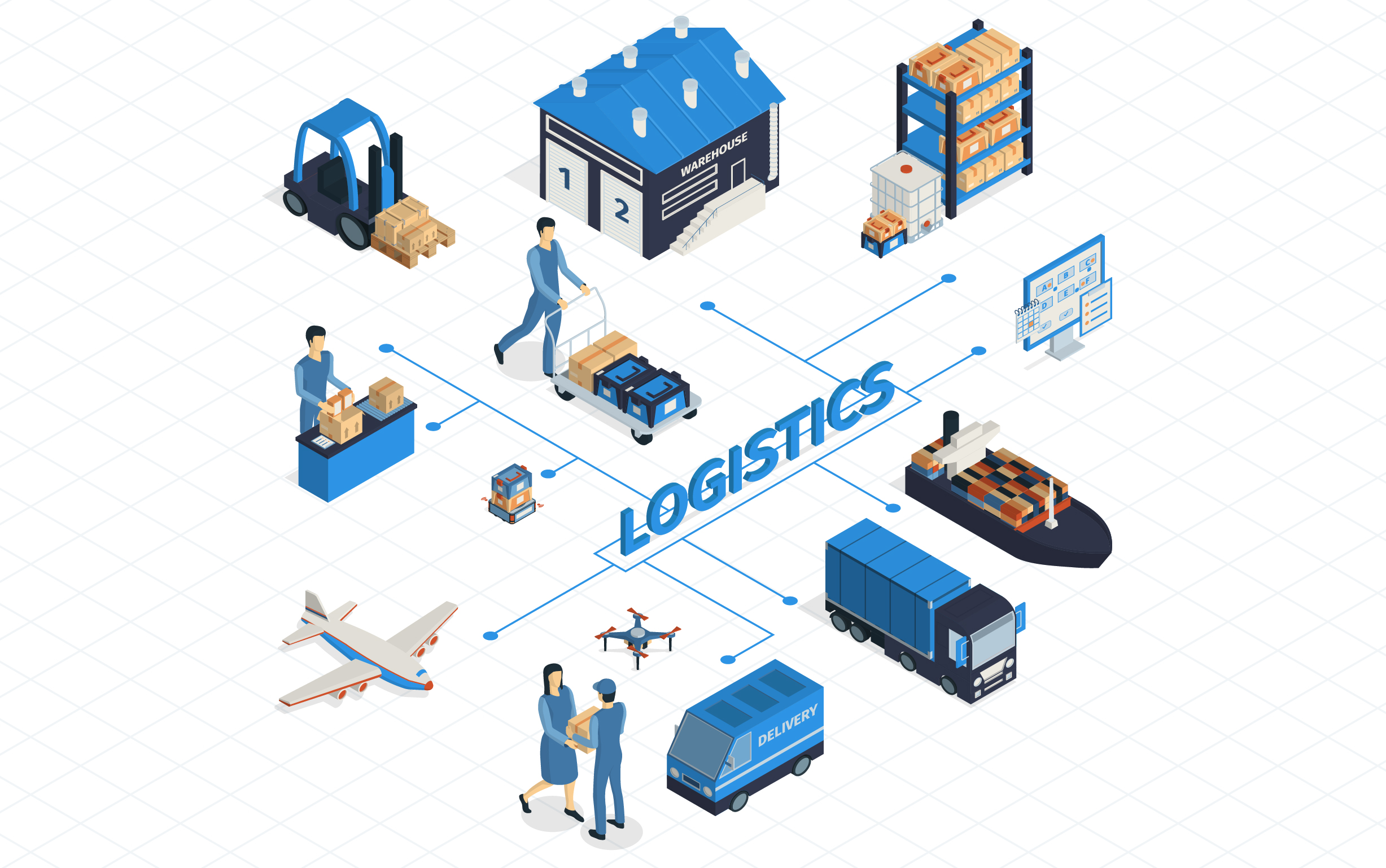LOGISTICS – INDIAN PERSPECTIVE
" The Indian logistics sector is valued at USD$ 354 billion, contributing 18.4 % of the country’s GDP. With the easing of FDI norms, the proposed implementation of GST, increasing globalization, growth of e-commerce, positive changes in the regulatory policies, and government initiatives such as “Sagarmala”, “Make in India”, “Gati Shakthi” the sector is expected to touch $450 billion by 2026-2027. In the World Bank’s Logistics performance ranking 2016, India’s ranks 38 in 2023-2024. Out of this USD 150 billion logistics cost, almost 99% is accounted for by the unorganized sector (such as owners of less than 5 trucks, affiliated to a broker or a transport company, small warehouse operators, customs brokers, freight forwarders, etc.), and slightly more than 1%, i.e. approximately USD 1.5 billion, is contributed by the organized sector. However, the industry is growing at a fast pace and if India can bring down its logistics cost from 14% to 9% of the GDP (level in the US), savings to the tune of USD 50 billion will be realized at the current GDP level, making Indian goods more competitive in the global market. Moreover, growth in the logistics sector would imply improved service delivery and customer satisfaction leading to the growth of export of Indian goods and potential for the creation of job opportunities."


.jpg)
.jpg)

.jpg)
.jpg)